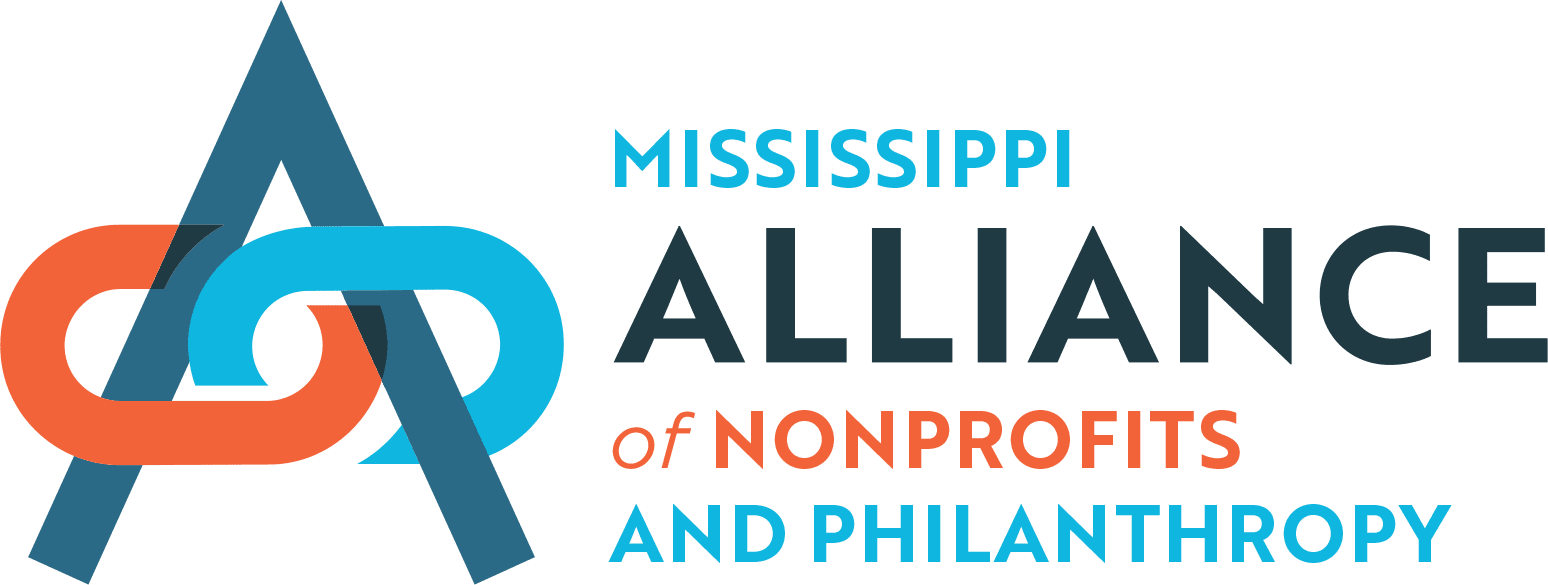Consultant’s Corner

Associate Director,
Executive Education
Millsaps College
&
Consultant
MS Alliance of Nonprofits and Philanthropy
Advocacy: Raising Awareness About Your Cause through a Strategic Lens
Before we get started, if you have questions about the difference between lobbying and advocacy, or if you would like clarity around what activities are allowable for your organization, download Political Campaign and Lobbying Activities of IRC 501(c)(4), (c)(5), and (c)(6) Organizations, available from the IRS HERE.
For our purposes, we will focus on Advocacy or Grassroots Activities – which are defined as any activity that helps to raise awareness for a cause or issue. In this case, it would involve any efforts to engage the public in communication that influences legislators and their decisions.
Advocacy should be the cornerstone of your nonprofit organization. It provides the foundation for increasing awareness around the cause you exist to serve and proving the effectiveness of your organization. After all, how are you going to raise funds to support your mission without making a compelling appeal to the public! In fact, you have a core group of supporters from which you can build your advocacy efforts to supplement your digital efforts – your existing network of donors, stakeholders, and supporters… individuals that believe in your cause and will speak passionately in support of your mission!
A few (but not all) of the benefits of advocacy:
Generates public support
Let people know about what you’re doing and why it is important.
Increases your nonprofit’s visibility
Increase the reach of your organization and increase your brand – as people become more familiar with your organization they are more likely to get involved … and more likely to become regular supporters.
Builds your base of support
By advocating for your cause and highlighting the changes your organization is making, you are showing your community what is possible – and offering them hope for the change that could be!
There is no true answer to the question of when the most effective time to launch an advocacy or grassroots campaign is – in reality, anytime is a good time to spread the word about your mission, cause and effectiveness. You could choose to focus on times (1) when your issue is attracting attention in the media, (2) when the legislature is in session, or (3) during specific fundraising campaigns conducted by your organization. However, I might encourage a more strategic approach by imbedding your advocacy, storytelling and messaging efforts within the organization’s strategic plan. Build a committee of individuals to support the work of your paid staff in assessing the landscape, developing key messages, identifying the appropriate target audiences and platforms for effectively and efficiently spreading the word! And perhaps most importantly, creating a schedule for distributing the message that fosters healthy accountability through timelines, due dates, responsible parties and deliverables! As a nonprofit, one of our responsibilities to the communities we serve is to inform the public and our elected representatives about issues essential to our communities and organizations… solutions to the problems can only be fostered if the issues are being talked about. Advocacy is an effective and powerful way to start a policy-centered conversation which can lead to positive change!
Related Articles
A message from your executive director…
A warm hello to our esteemed members and friends. This edition of The Ally seeks to celebrate the rich tapestry that February brings by recognizing Black History Month and other notable events that shape this dynamic month.
Nonprofit Member Spotlight | Family Biz Builder
Family Biz Builder (FBB) is a transformative force in Tunica County, Mississippi. Since 2014, FBB, a compassionate 501(c)(3) nonprofit youth training and development organization, has been the guiding light for countless low-income, at-risk children aged 5-17 and their families across Tunica, Coahoma, and Desoto Counties.
Nonprofit Member Spotlight | Alluvial Collective
Cultivating belonging and wholeness in the world
Friends and Partners,
I’m grateful to be connected to you in this season of celebration and acknowledgment of Black history.



